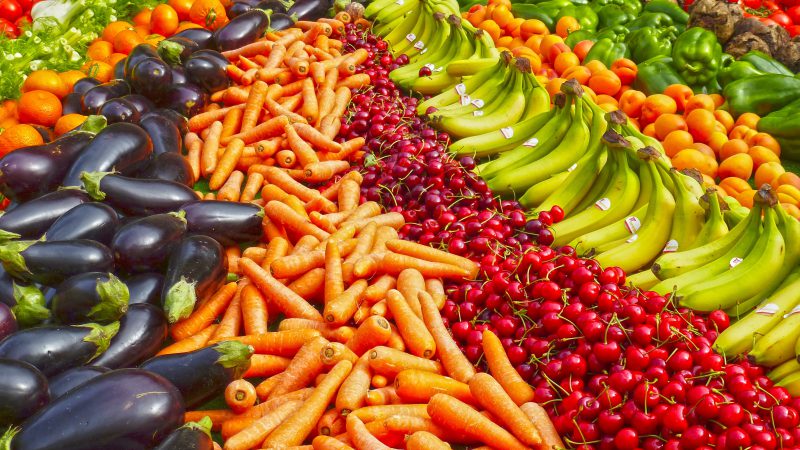Supplemental Nutrition Assistance Program: Errors and Fraud

The Supplemental Nutrition Assistance Program (SNAP) is the nation’s largest domestic food assistance program, serving about 42.2 million in an average month at a federal cost over $68 billion in FY2017. SNAP benefits may be used to buy eligible food at over 263,000 authorized stores. SNAP is jointly administered by state agencies, which handle recipient functions, and the U.S. Department of Agriculture Food and Nutrition Service (USDA-FNS), which supports and oversees the states and handles retailer functions. Policymakers discuss and debate errors and fraud in SNAP; these can be complex concepts. This report summarizes the more-detailed CRS Report R45147, Errors and Fraud in the Supplemental Nutrition Assistance Program (SNAP).
Types of SNAP Error and Fraud
Error and fraud can be organized into four main types:
1. Trafficking SNAP benefits—the illicit sale of SNAP benefits, which can involve both retailers and recipients (a type of fraud).
2. SNAP retailer application
